
Updated: October 12, 2025
Table of Contents:
1. Introduction
2. Origins and History
2.1 Who Invented It?
2.2 Where was it First Used
2.3 Its Early Use in Canada
3. How Its Made
3.1 Quarrying
3.2 Shapping and Finishing
3.3 Color and Size Variations
4. How it Compares to Modern Alternatives
4.1 Cobblestone vs. Asphalt
4.2 Durability and Aesthetics
4.3 Maintenance
5. How it Compares to Concrete
5.1 Versatility
5.2 Longevity
6. Present-Day Uses in Landscaping and hardscaping:
6.1 Modern Applications
7. Pros and Cons
8. Maintenance Tips
8.1 Regular Cleaning
8.2 Resettling Loose Stones
8.3 Weed Control
8.4 Sealing
8.5 Periodical Inspections
9. Environmental Impact and Eco-Friendliness
10. Conclusion
1. Introduction:
Ah, cobblestone! The name alone conjures images of charming European streets, cushions for our knobby knees, and perhaps an unsuspecting slip on a quaint stone road after a rain shower. Cobblestone has a rich history that dates back centuries, and while it may not be the first choice for modern-day asphalt-loving folks, it certainly still holds a special place in the hearts of landscape enthusiasts, architects, and historians.
But what exactly is it? You might imagine it as a rustic throwback, perfect for bringing an antique vibe to your backyard or driveway. Well, you’re not entirely wrong! In this blog post, we’re diving deep into the world of cobblestone—its origins, how it's made, and its enduring legacy. We’ll attempt to sprinkle in a bit of humor, dig into industry lingo, and make sure to cover everything from patio hardscape designs to the pros and cons of using cobblestone in your residential landscaping project.
So grab a cup of coffee (or tea, we don’t discriminate), sit back, and let’s embark on this rocky road of discovery together! Whether you’re a novice looking to refine your backyard landscape design or a seasoned landscaper contemplating your next project, this exploration promises to be both informative and amusing—after all, who said history can't be entertaining?

Contact us today for your free estimate.
2. Origins and History:
Cobblestones have been around for more centuries than many of us have been able to keep track of—let’s just say it’s ancient! The term originates from the Old English word "cob," which means "round stone." They were originally created from naturally occurring stones, often rounded by the action of water.
2.1 Who Invented It
While we can’t exactly pinpoint a single individual who “invented” cobblestone (sorry, inventor imaginations), its use dates back to ancient civilizations. Its earliest known use can be traced back to the Romans, who utilized these stones for their impressive system of roads. Imagine a Roman soldier in sandals trudging along a cobbled path, carefully navigating the uneven surfaces while carrying his heavy armor—not the most pleasant of experiences!
As cities grew, cobblestone became a preferred material due to its durability and ability to withstand heavy traffic, especially in areas with less-than-ideal weather conditions. By the Middle Ages, it was a common material across Europe, especially in streets of towns and cities where horse-drawn carriages clattered over rocks while townsfolk navigated their daily lives.

2.2 Where Was It First Used:
Its first notable usage in streets is believed to be in Rome around 200 BCE. From there, its influence spread throughout Europe, becoming a favorite for the streets of places such as London, Paris, and eventually, various North American cities (including Winnipeg) in the 19th century. If these old stones could talk, imagine the tales they’d tell about the countless stories, disputes, and romantic rendezvous played out in their midst!

2.3 Its Early Use In Canada:
Cobblestone streets are not just charming; they carry a rich history that adates back centuries. One of the most famous areas showcasing this historic paving style is Quebec City, renowned for its UNESCO-recognized historic quarter and the iconic Place Royale, which represents the first permanent French settlement in the Americas. The streets of Old Quebec tell the story of a vibrant past, with their uneven stones reflecting the city’s evolution over time. Old Quebec is divided into two sections: the Upper Town and the Lower Town. The Upper Town is famously dominated by the stunning Château Frontenac, poised dramatically atop a cliff, while the riverside Lower Town features its own unique allure. Here, the charming cobblestone streets invite visitors to explore historic sites such as the Auberge Saint-Antoine, a unique "museum hotel" steeped in history, as well as the beautiful Notre-Dame-des-Victoires church that graces the town square.
The romantic aesthetic of these cobblestone paths draws many wanderers, allowing them to step back in time amidst carefully preserved architecture. The cobblestones not only serve as a visual delight but also connect visitors to the rich heritage of Quebec City, continuing to charm both locals and tourists alike.
Special thanks to the Toronto Star and freelance writer Elizabeth Chorney-Booth for their contributions to this paragraph. While they did not review or approve this content, their insights into Quebec City’s vibrant history have provided valuable context for understanding its significance. Thank You!
3. How Cobblestone is Made:
So, how is this quintessentially ancient material made? The process may not involve time machines or secret recipes, but it does require a bit of artistry and hard work.
3.1 Quarrying
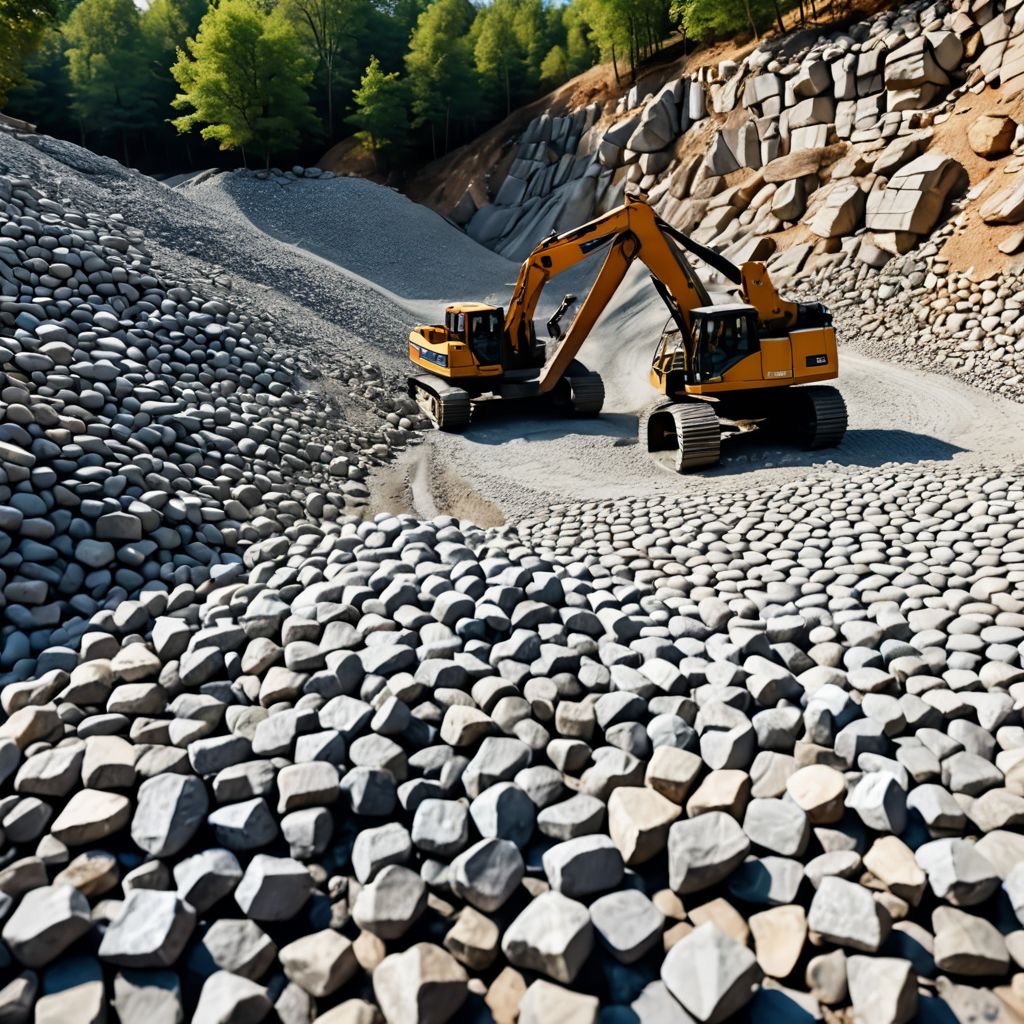
First things first, cobblestone is made from stones that are quarried from riverbeds or mountains. These stones are naturally rounded (thanks, Mother Nature!) and relatively durable. A quick trip to a local quarry will show you large slabs of rock being extracted and prepared for use. If only picking stones in our backyards could yield such treasures!
3.2 Shaping and Finishing
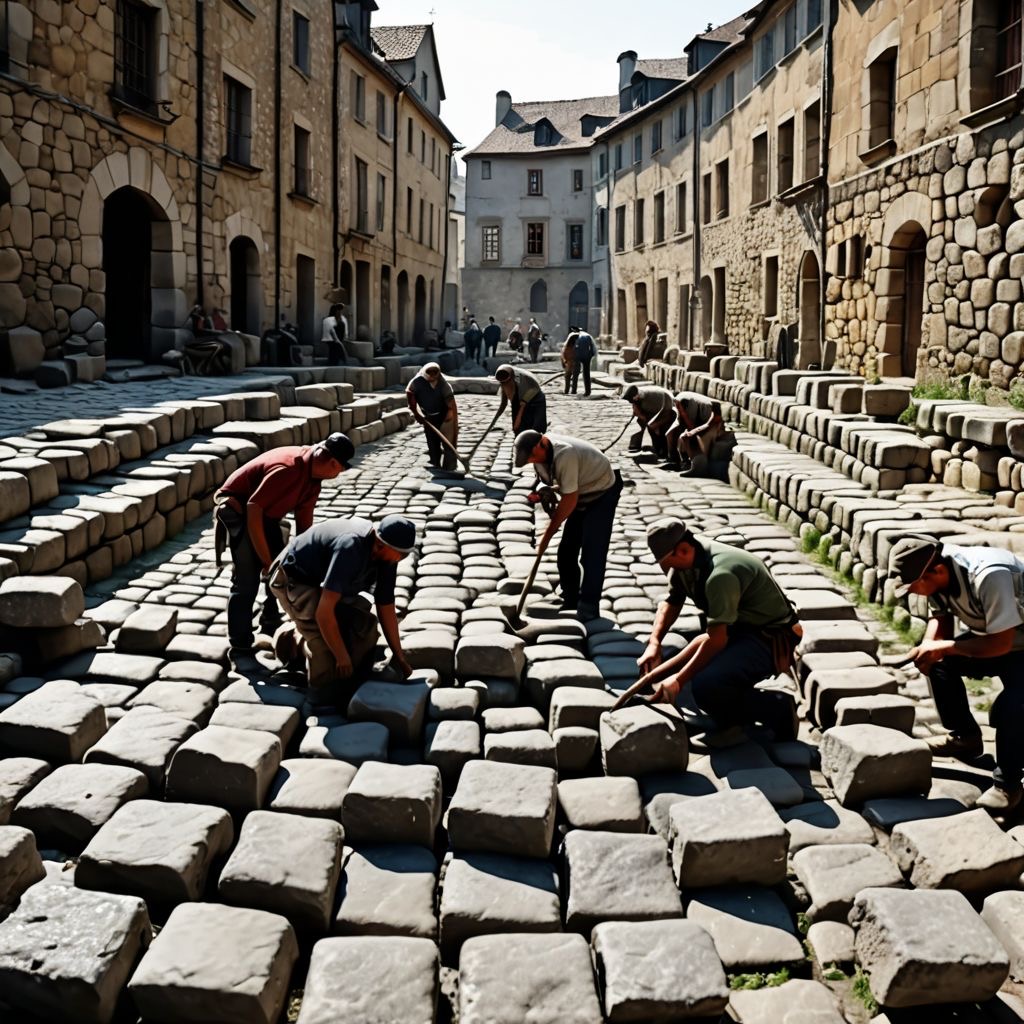
Once quarries have harvested these rocks, they’re usually cut into smaller pieces. Interestingly, while some stones are left in their natural shape, others might be chiseled to create a more uniform style. The aesthetics of cobble can vary—from rough and rustic to smooth and polished.
3.3 Color and Size Variations
It comes in a variety of shapes, colors, and sizes. You’ll find them in hues ranging from deep browns to striking reds and grays. The variety means that whether you’re interested in a rustic feel or a more sophisticated look, there are stones to suit your taste!
4. How It Compares to Modern Alternatives:
Contact us today for your free estimate.
In our fast-paced, asphalt-driven world, how does it stack up against modern materials? Spoiler alert: the answer isn’t straightforward.
4.1 Cobblestone vs. Asphalt:
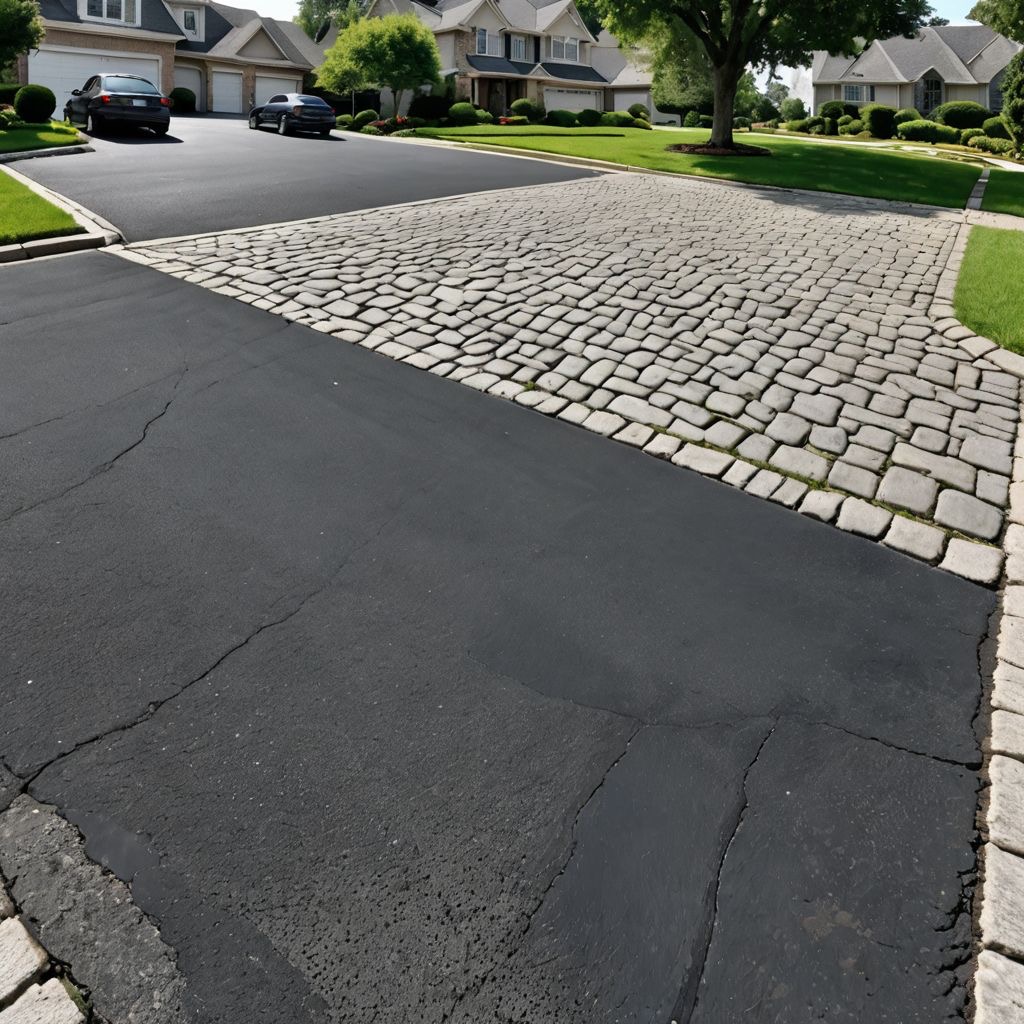
Ready to chat about your garden and landscaping goals?

Reach out by call or text to: 204-229-9789 or click here to submit your information today to arrange a “no obligation” introductory phone call. We look forward to helping you transform your yard.
Tips on how to prepare for a consultation meeting with a landscape contractor
4.2 Durability and Aesthetics
This product is famed for its long-lasting qualities, which makes it a smart investment, especially for those who adore that classic, timeless look. Asphalt, on the other hand, might get the job done faster (and cheaper), but over time, it can crack and require frequent repairs. And let’s be real—does a freshly laid asphalt driveway give you the same warm feelings as a charming stone path? We think not.
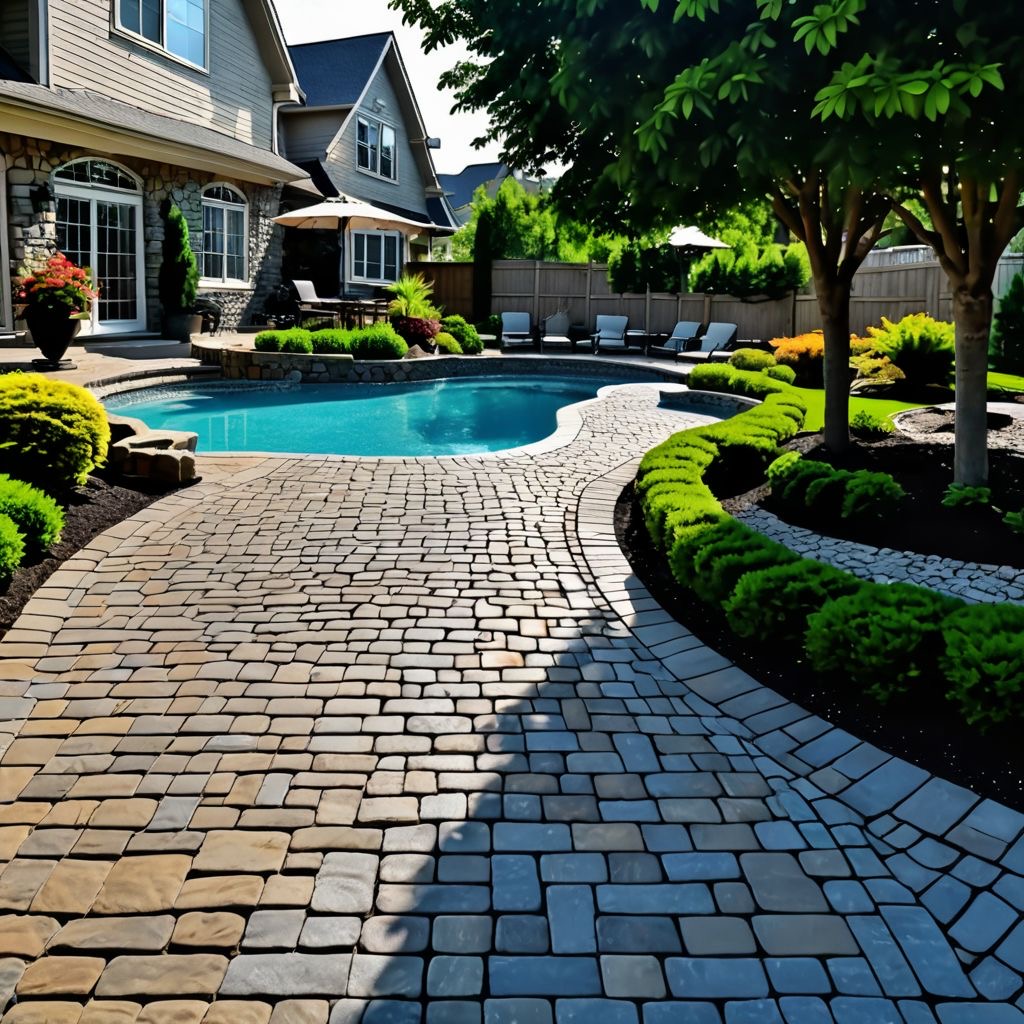
4.3 Maintenance:
Asphalt needs periodic sealing and repair, while cobblestone generally requires only the occasional cleaning and displacement re-adjustments if a stone comes loose. However, maintaining a cobble area could require more initial effort due to the various gaps between the stones.
5. How it Compares to Concrete:
5.1 Versatility: Concrete is often poured into molds, making it highly functional but maybe less interesting aesthetically. Cobblestone, coming as individual pieces, has a natural ‘life’ that can’t be replicated by flat concrete. Plus, you can always rearrange it (carpet freshening style) if you want to change up your patio or driveway design.
5.2 Longevity: Its longevity outstrips concrete, but that does depend on how it’s installed and maintained. While a well-done concrete surface can last 25 years or more, cobblestone, with proper care, can last well over a century!
Longevity: Compared to Asphalt and Concrete
Let’s crunch some numbers and see how these materials fare in the long run!
- Cobblestone: 100+ years
- Asphalt: 15-20 years
- Concrete: 25-30 years
With such a substantial advantage, cobblestone emerges as the clear winner for durability. So, if you prefer to invest in a product that can endure the trials of time, this ancient option might just be your knight in shining, albeit rocky, armor!
Contact us today for your free estimate.
6. Present-Day Uses in Landscaping and hardscaping:
While cobblestone features less in commercial paving projects, it remains a beloved material in many residential landscaping projects.
6.1 Modern Applications:
1. Driveways: driveways constructed with this ancient option offer charm and character while providing a durable surface for vehicles. Plus, no one will ever mistake your house for a cookie-cutter home with a plain asphalt driveway!
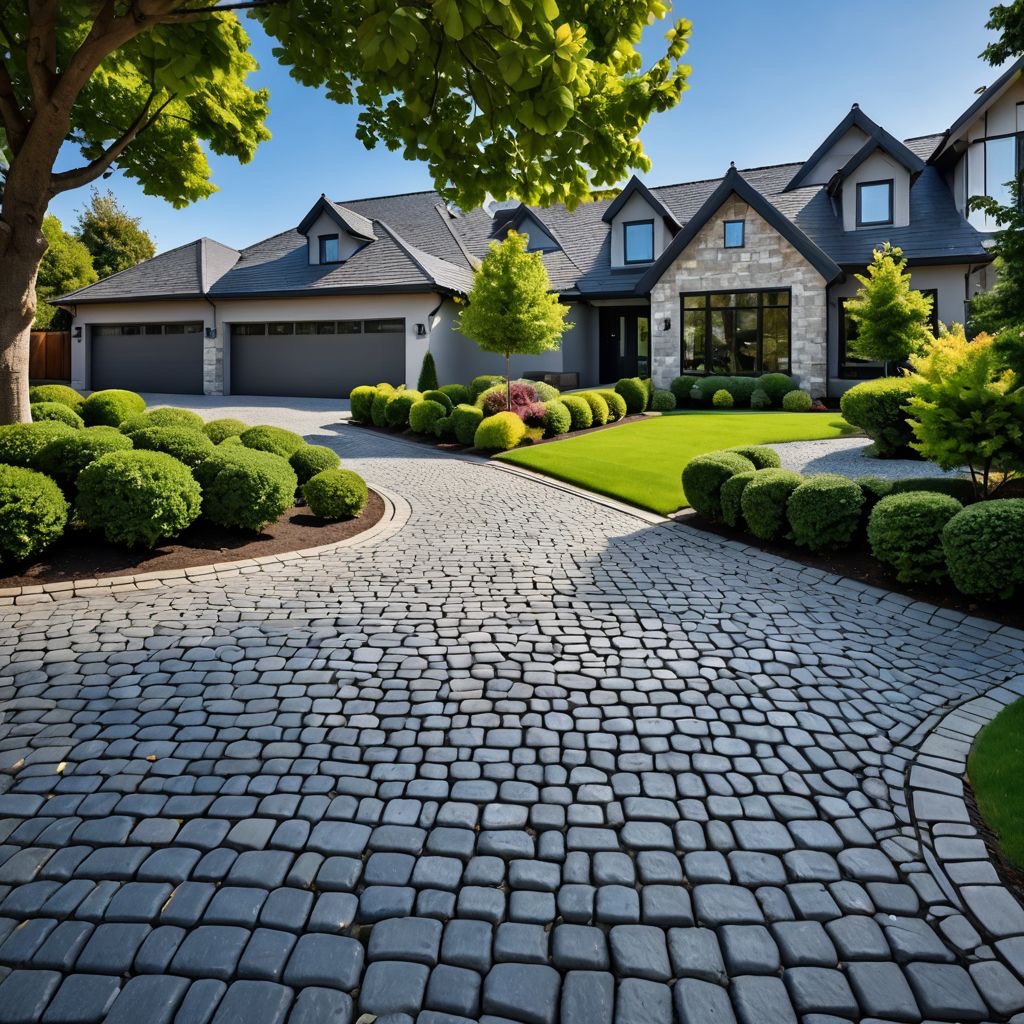
2. Patios: The aesthetic appeal of a tone patio is undeniable. When hosting a barbecue or enjoying a glass of wine with friends, imagine the ambiance created by the textured stones beneath your feet.
3. Garden Paths: Whether for a quaint cottage or an upscale mansion, cobblestone paths add a sense of charm and wanderlust to any garden. They beckon guests further into your sanctuary.
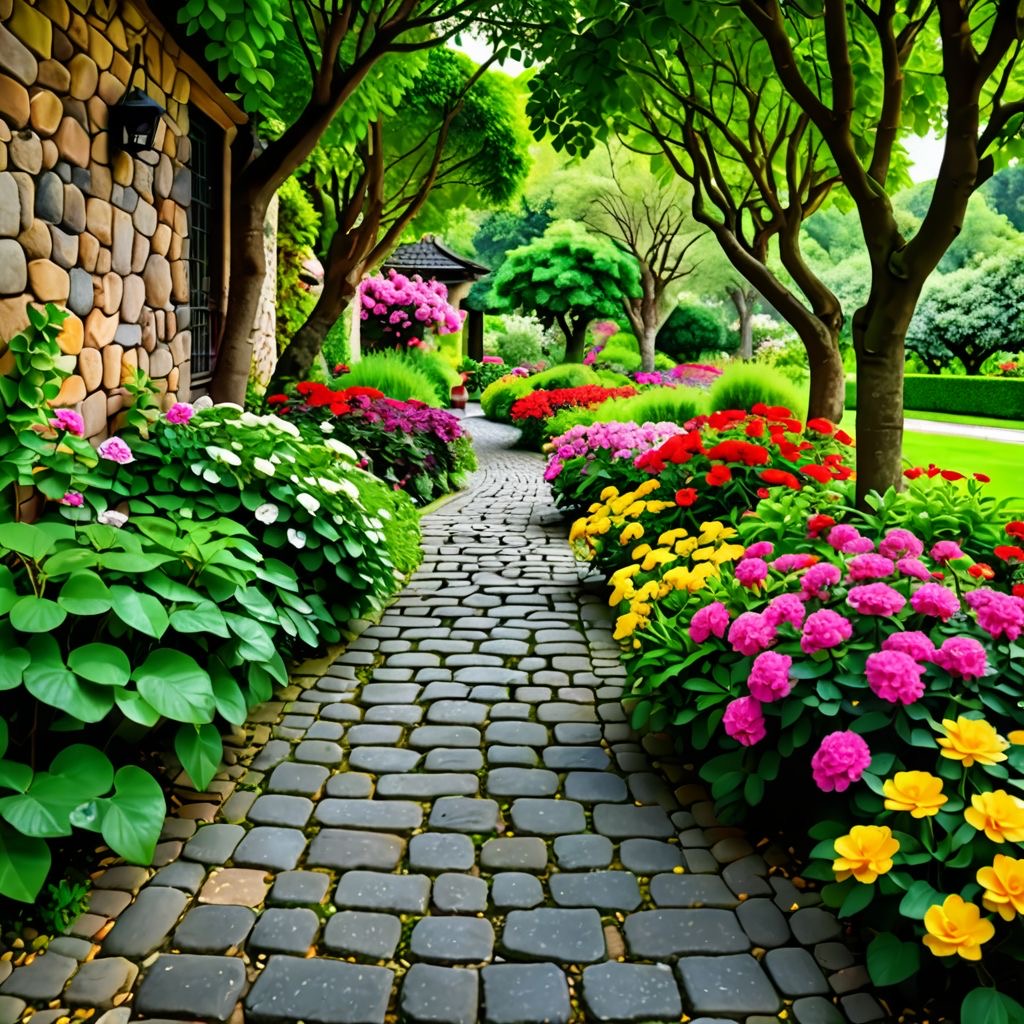
4. Retaining Walls: They can also serve as structural support in retaining walls, offering both functionality and an appealing visual.
To read more about how retaining walls can make your Winnipeg landscape unique CLICK HERE.
5. Flower Beds and Borders: Use them to create boundaries for flower beds to keep mulch well contained and provide an eye-catching contrast against the greenery.
Contact us today for your free estimate.
7. Pros and Cons:
Let’s break down the love-hate relationship with cobblestone while also having a good chuckle.
Pros:
- Durability: Can last many decades, potentially even centuries with proper care.
- Aesthetic Appeal: Offers a unique, charming appearance that enhances the beauty of any landscape.
- Low Maintenance: Generally requires minimal upkeep compared to asphalt or concrete, though initial installation may be labor-intensive.
- Eco-Friendly: With proper installation, allows water to permeate, reducing runoff and recharging aquifers.
Cons:
- Initial Cost: Installation can be pricier than alternatives due to labor and stone costs.
- Surface Irregularities: The uneven surface may not be suitable for all homeowners—especially those who have a penchant for high heels or rollerblades (just saying!).


